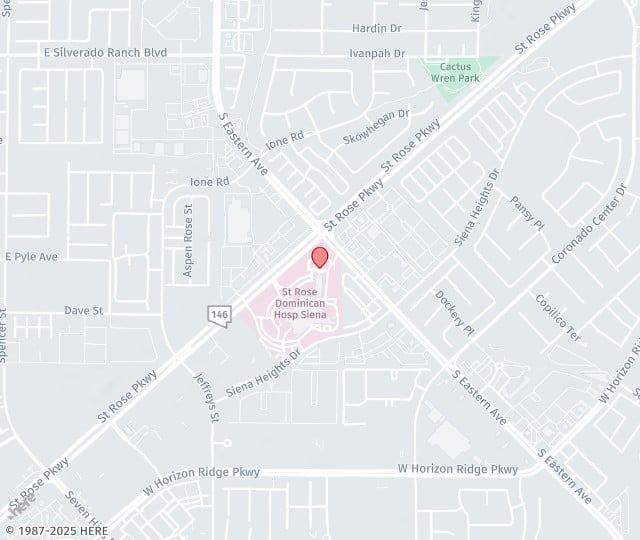To understand the pros and cons of textured versus smooth walled implants, you need to be familiar with a condition known as capsular contracture. When any type of foreign body or breast implant is inserted, the body reacts by forming a uniform protective lining around it. This is referred to as a capsule. It is normal and happens in everyone regardless of whether the breast implant is smooth or textured, silicone or saline. This wall is usually soft, thin, pliable, and unable to be felt. In some patients, for reasons we don’t understand completely, the capsule is thicker than normal and has a tendency to contract and tighten around the implant. A capsular contracture means that the scar tissue has thickened sufficiently to squeeze the implant, making the breast feel firmer. Symptoms are variable depending on the degree of the contracture and can range from mild to severe firmness, appearance changes, contour irregularities, and even pain in more severe circumstances.
It would seem logical that scarring inside could be predicted by past scarring from injuries or by family history. Unfortunately, there is no way for us to predict who will form extra scar tissue inside. It can be a random and unpredictable occurrence. Possible causes of capsular contracture reported in the plastic surgery literature include hematoma, infection, silicone rupture, and irradiation. Textured surface saline and silicone implants are an attempt to solve this problem. By adding a textured surface, manufacturers hope to disrupt capsule formation, leading to a possible reduction in the incidence of capsular contracture. In the literature, there are several factors that have been shown to potentially reduce the risk of capsular contractures. These include: submuscular implant positioning, using an inframammary crease incisional approach, using a textured surface implant if the implant is subglandular, in addition to precise surgical execution and meticulous technique. Dr. Brown places the majority of implants behind the pectoralis major muscle, and this negates most of the capsular contracture advantage of textured over smooth implants. The downside of textured implants is that they feel rougher and have a stiffer shell with potentially more wrinkling compared to smooth implants. Implant positions can more readily be adjusted nonsurgically with smooth implants compared to the sticky Velcro-like surface of textured implants. Textured implants also may have higher rupture rates if the device is saline, higher risks of seromas (fluid collections), and greater association with the exceedingly rare occurrence of lymphoma.
With over 15 years of experience and thousands of implants, Dr. Brown prefers textured implants in patients with a previous history of capsular contracture, or those who have implants in the subglandular or “over-
the-muscle” position. The second reason to use textured implants is when using teardrop shaped or “anatomic” implants. In these cases, the textured surface sticks to surrounding tissues, minimizing risks for malposition or rotation of these devices. Smooth implants are preferred in patients who are candidates for submuscular breast augmentation surgery.


